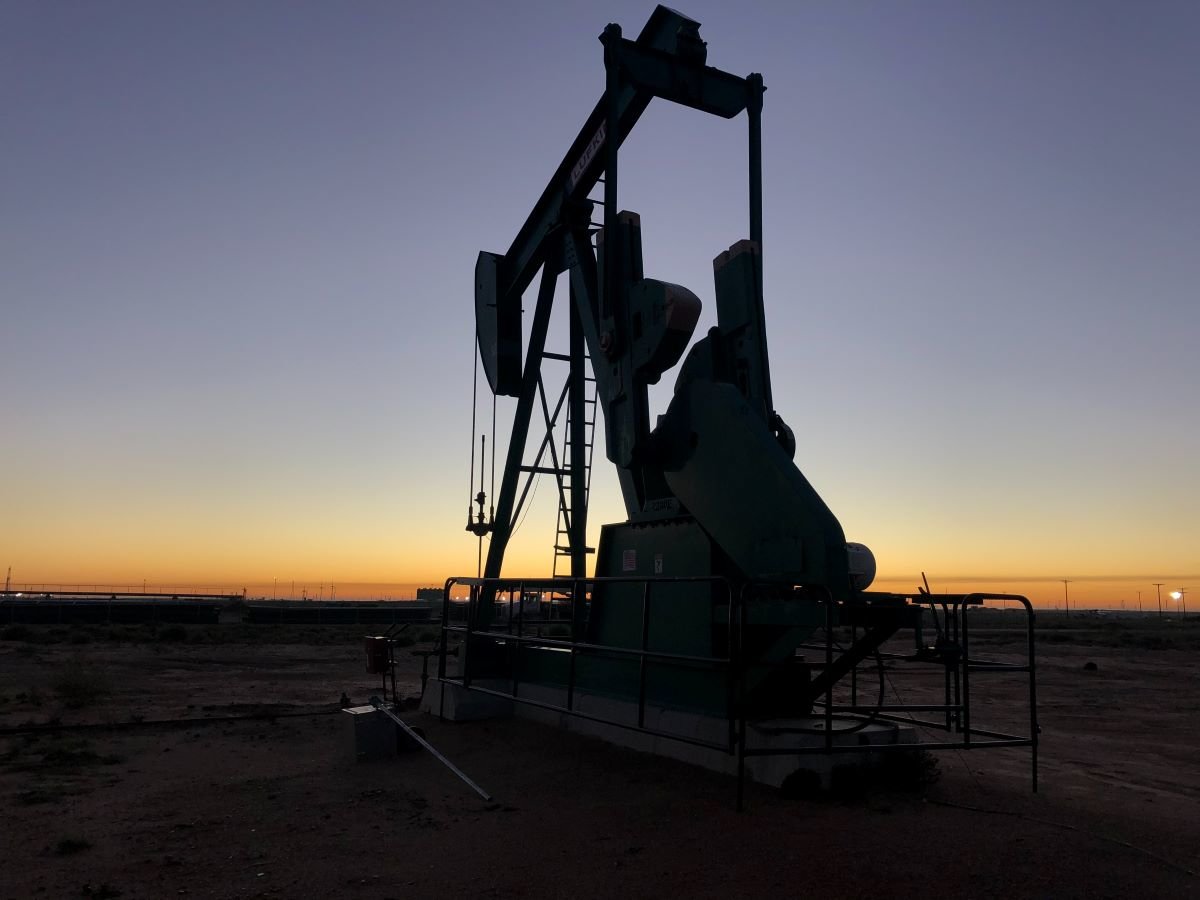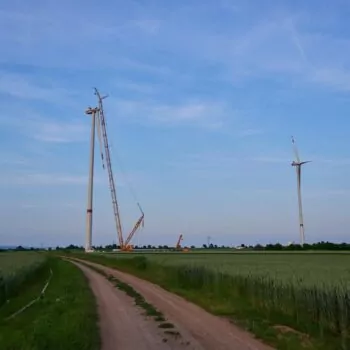The low carbon transition to deliver global warming increases of no more than 1.5/2°C in line with the Paris Agreement on climate change is happening. It can be actively managed by societal actors including governments, regulators, investors, banks and companies in an orderly fashion or left to unfold in a disorderly fashion.
One group of companies affected by the transition – the international oil and gas companies (IOCs) – are already operating at the margins of profitability and some are largely funding their dividend payments to shareholders via borrowing from capital markets. Profitability challenges for the IOCs are likely to be further intensified by several structural factors relating to national oil company (NOC) competition and shifts in demand for oil and gas driven by the global transition process.
Public and private actors have significant interests in the financial health of these oil and gas majors – and in seeing they transition to become 1.5/2°C-compatible in manner that minimises wasted capital expenditure and/or likelihood of bad debts accumulating.
The objective of this research was to demonstrate a robust and credible pathway for the oil and gas majors to achieve this under a range of transition scenarios. The authors of this report are of the view that the IOCs and those with financial interests in them must come to grips with a future that will not look like the past. The lesson of 2017 is that climate impacts will be increasingly influential in the decision-making of governments and investors. More specifically, climate events are likely to accelerate the demise of the IOCs current business models as governments face growing pressure to respond to a changing climate and protect the public from even more extreme events.
There is uncertainty around the timing and severity of future climate change events and government responses to them, but the risks are increasing not decreasing. Uncertainty should not be an excuse for a business as usual approach by the IOCs.
To start to ‘unpack’ how IOCs might respond to such uncertainty, E3G, the Oxford Sustainable Finance Programme at the University of Oxford Smith School of Enterprise and the Environment and Chatham House worked together to set out some of the dynamics being faced by, and options available to, the IOCs. The Oxford Sustainable Finance Programme and E3G then worked together to design an online wargame that simulated the global low carbon transition process. The wargame – entitled the ‘2 Degree Pathways decision support tool’ – was then used to explore the different pathways companies could take in transitioning to 1.5°C/2°C-compatiblility and model their impact on shareholder value.
The wargaming tool was developed and deployed in two stages: first to explore the impact of the climate transition on the IOCs only; second to add the NOCs into the wargame.
Key findings
- The wargaming sessions indicated that of the five plausible 1.5°C/2°C-compatible business strategies originally identified for the IOCs in the research phase of this project, only two – named First one out and Planned transformation – had the potential to be commercially viable. Taking the ‘wrong path’ will be expensive for the IOCs. Similarly, the NOCs, given they control between 80% and 90% of proven global oil reserves, also face significant risks of undeveloped high and medium cost reserves being stranded in the coming decades.
- The IOCs are already responding to changing market and policy dynamics. However, to date in the real world the overwhelming influence on the companies has been the collapse of the oil price from its high of US$116 bbl in July 2014 to US$70 bbl January 2018. The IOCs should ‘bank’ current changes to their operational models but further work must be done to adapt their current business strategies to manage the growing risks of changing demand patterns and oil price volatility. Over the next 2 decades, flexibility and resilience will be the most important factors in company business planning.
- The wargaming revealed that there is significant path dependency to the IOCs successfully changing current business strategies i.e. decisions made in the early years of the game had a significant impact on later outcomes for the IOCs. For example, we consistently found that initial trading of assets is a critical factor to enable First one out and Planned transformation strategies to be delivered.
- In addition, the size and shape of company portfolios will limit the strategies open to the IOCs. An early and realistic consideration of company options going forward is needed.
- The wargaming also revealed there is significant path dependency to managing IOC debt levels. In some years of the game debt quickly spiralled out of control and players effectively bankrupted their companies by failing to pay attention to and then address this. Conversely, we found that those players that focused on paying down debt in the early years gained a clear advantage in later years.
- The wargaming revealed risks posed by herd behaviour among the IOCs, especially with regard to the accumulation of green assets with a view to executing a Planned transformation strategy. For example, in the most aggressive decarbonisation scenarios, once it became clear how fast oil demand was falling, there was often a ‘run for green’ in the mid to late 2020’s. This fierce competition for green resources was also found to prevent companies from successfully completing the transition process. Players that performed best at the Planned transformation strategy started investing in green assets early (pre-2020) and in a sustained manner, thus achieving a significant level of transition before the herd behaviour kicked in.
- The IOC-only wargaming showed that for the IOCs a Last one standing strategy is viable but requires other companies to choose an early exit (First one out strategy). In other words, it is a “game of chicken” between IOCs that results in lost economic value for those attempting but not successfully achieving a Last one standing strategy. In addition, once the NOCs were added into the wargame, it was clear the Last one standing would not be an IOC.


